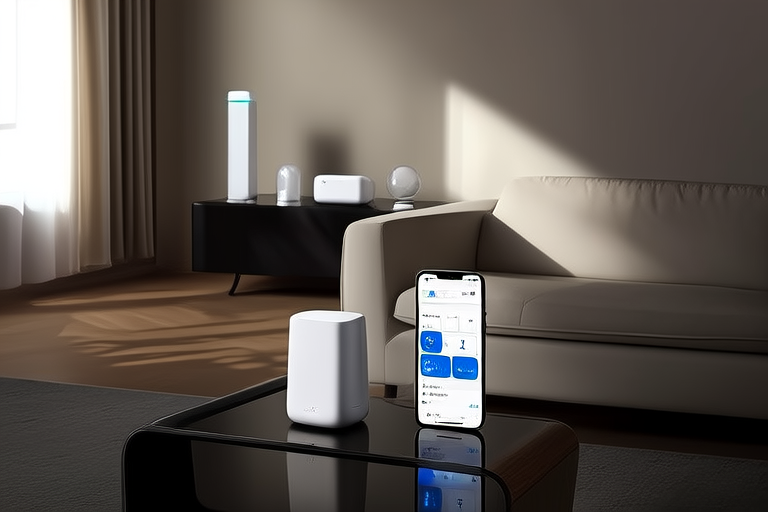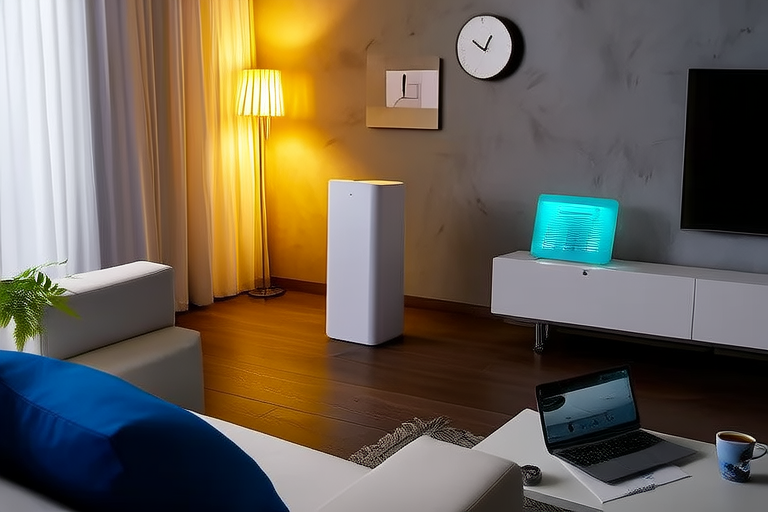“`html
How Smart Home Devices Are Revolutionizing Daily Living
Introduction
Smart home devices have emerged as a transformative force in modern living, offering unparalleled convenience, energy efficiency, and enhanced security. These devices, which range from lighting systems and thermostats to security cameras and voice assistants, have become increasingly popular over the past few years. By integrating various technologies, smart home devices provide homeowners with the ability to automate and control their environments seamlessly. This not only enhances daily living but also contributes significantly to energy savings and environmental sustainability.
Types of Smart Home Devices
Lighting Systems
Smart lighting systems allow users to control lights remotely via smartphone apps or voice commands. Products like Philips Hue and LIFX offer customizable color options and dimming capabilities, enabling users to set the perfect ambiance for any occasion. These systems can also be programmed to turn on or off at specific times, ensuring energy efficiency.
Thermostats
Smart thermostats, such as Nest and Ecobee, learn user preferences and adjust temperatures accordingly. They can be controlled remotely and even integrate with other smart devices to optimize energy usage based on occupancy patterns. This not only saves money on utility bills but also reduces the carbon footprint.
Security Cameras
Home security has been revolutionized by smart cameras like Ring and Arlo, which provide real-time video feeds and motion detection alerts. Many models come with two-way audio, allowing users to communicate with visitors or intruders. Some advanced systems even offer facial recognition and integration with local law enforcement.
Voice Assistants
Voice assistants like Amazon Alexa, Google Assistant, and Apple Siri have become central hubs in many smart homes. These devices can perform a wide range of tasks, from setting reminders and playing music to controlling other smart devices. Their intuitive nature makes them accessible to users of all ages, enhancing overall convenience.
These diverse categories of smart home devices work together to create a cohesive ecosystem, where each component complements the others to deliver a seamless and efficient living experience.
Impact on Daily Living
Smart home devices significantly enhance daily routines by automating mundane tasks. For instance, automated lighting can adjust according to the time of day or the presence of occupants, while smart thermostats maintain optimal temperatures without constant manual intervention. Entertainment systems can also be integrated into this ecosystem, allowing users to control music and television settings through voice commands.
Voice assistants play a crucial role in simplifying tasks and improving accessibility. They enable users to perform actions hands-free, making it easier for individuals with disabilities or those who simply prefer convenience. Additionally, these devices can assist with managing schedules, setting reminders, and providing information on demand.
The integration of smart home devices contributes to energy savings and environmental sustainability. By optimizing energy usage and reducing waste, these systems help homeowners lower their carbon footprint and save money on utility bills. Many smart devices are designed with eco-friendly features, such as energy-efficient lighting and advanced insulation control.
Security and Privacy Concerns
While smart home devices offer numerous benefits, they also present potential security risks. Hackers could exploit vulnerabilities in these devices to gain unauthorized access to personal data or even control physical systems. To mitigate these risks, users should prioritize strong passwords, update firmware regularly, and use encryption when possible.
Privacy is another concern, as some smart devices may collect and transmit sensitive information. Users should carefully review privacy policies and opt-out of data sharing whenever possible. It’s also advisable to use reputable brands that adhere to strict privacy standards and comply with relevant regulations.
Industry standards and certifications, such as Wi-Fi Alliance’s WPA3 and UL’s Cybersecurity Assurance Program, ensure that smart home devices meet certain safety criteria. These certifications provide peace of mind to consumers by verifying that manufacturers have taken necessary precautions to protect user data and prevent unauthorized access.
Future Trends
The future of smart home technology holds exciting possibilities. Advancements in artificial intelligence and machine learning will enable smarter decision-making by devices, further enhancing automation and personalization. For example, AI-powered smart homes could anticipate user needs and adjust settings proactively, creating a truly personalized living environment.
The integration of Internet of Things (IoT) devices will continue to expand, leading to more interconnected ecosystems. This could result in fully autonomous living spaces where every aspect of daily life is optimized for comfort, efficiency, and sustainability. As technology evolves, we can expect smarter homes to become more intuitive, responsive, and capable of adapting to changing circumstances.
Conclusion
In conclusion, smart home devices are transforming daily living by offering convenience, energy efficiency, and enhanced security. From automated lighting and thermostats to voice assistants and security cameras, these devices work together to create a cohesive and efficient living environment. While there are concerns about security and privacy, proper precautions can help mitigate these risks.
The future of smart homes looks promising, with advancements in AI and IoT paving the way for fully autonomous living spaces. As technology continues to evolve, the adoption of smart home solutions will undoubtedly improve the quality of life for millions of people around the world. Consider embracing these innovations to experience the full potential of modern living.
“`




